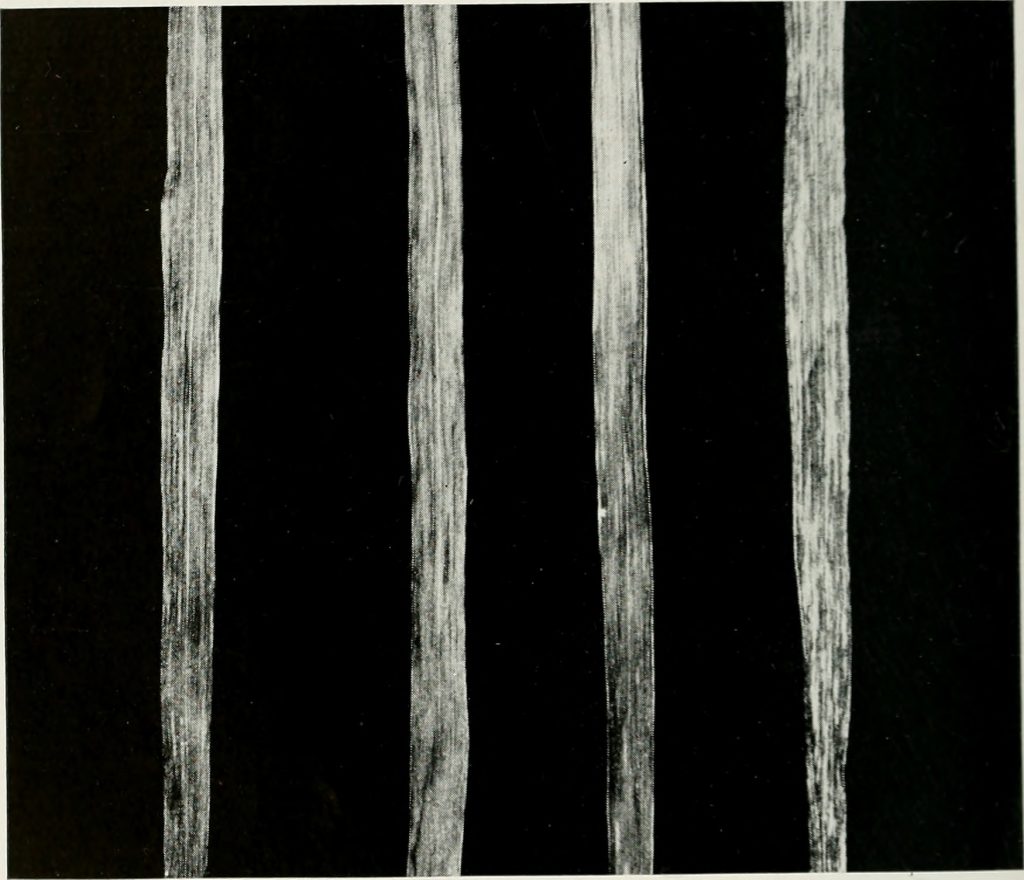
Introduction
Wheat Yellow Mosaic Virus (WYMV) is a serious disease affecting wheat crops, particularly in temperate regions with cool winters and wet conditions. This virus can cause substantial reductions in yield, impacting both farmers and the agricultural economy. The disease is soilborne and transmitted by the fungal-like organism Polymyxa graminis, making it difficult to manage once established in a field.
Key Regions Affected by Wheat Yellow Mosaic Virus
China
China is one of the most severely affected countries by WYMV, particularly in the wheat-producing regions of the Yangtze River basin and the North China Plain. These areas provide favorable conditions for the virus, as winter wheat is commonly grown, and soil moisture levels remain high. Yield losses in infected fields can reach up to 50%, significantly impacting domestic wheat production.
Japan
WYMV is a major concern in Japan, particularly in the Kyushu and western Honshu regions, where wet conditions favor disease development. Japanese wheat farmers have faced recurring outbreaks, leading to reduced production and a growing reliance on resistant wheat varieties.
South Korea
In South Korea, WYMV is a problem in rice-wheat rotation systems, where high soil moisture levels contribute to its persistence. The virus has been detected in major wheat-producing regions, leading to crop damage and economic losses.
United States
Although not as widespread as in Asia, cases of WYMV have been reported in parts of the United States, particularly in areas with cooler climates and high soil moisture levels. Researchers are closely monitoring the spread of the disease and developing resistant wheat varieties to mitigate its impact.
Europe
Several European countries, including the United Kingdom and parts of France, have reported cases of WYMV. However, due to different climatic conditions and farming practices, the virus has not yet reached the same level of severity as in Asia.
Impact on Crop Yield
WYMV causes yellowing and mosaic patterns on wheat leaves, leading to poor photosynthesis and stunted growth. Yield losses can vary significantly depending on the severity of infection and the wheat variety planted. In heavily affected fields, yield reductions of 30–50% have been recorded, making it one of the most economically damaging viral diseases in wheat production.
Management Strategies for Wheat Production
- Resistant Varieties: Breeding and adopting resistant wheat varieties is the most effective way to combat WYMV. Many countries, including China and Japan, have developed resistant strains that significantly reduce yield losses.
- Crop Rotation: Avoiding continuous wheat planting in the same field can help disrupt the disease cycle.
- Soil Management: Improving drainage and soil conditions can reduce the prevalence of Polymyxa graminis, the virus vector.
- Early Detection and Monitoring: Regular field inspections and diagnostic testing can help detect WYMV outbreaks early and prevent further spread.
Conclusion
Wheat Yellow Mosaic Virus is a major threat to wheat production, particularly in Asia and other regions with cool, wet conditions. Without proper management strategies, the disease can lead to severe yield losses, threatening food security and economic stability in affected areas. Continued research and the development of resistant wheat varieties are crucial in mitigating the impact of this destructive virus.